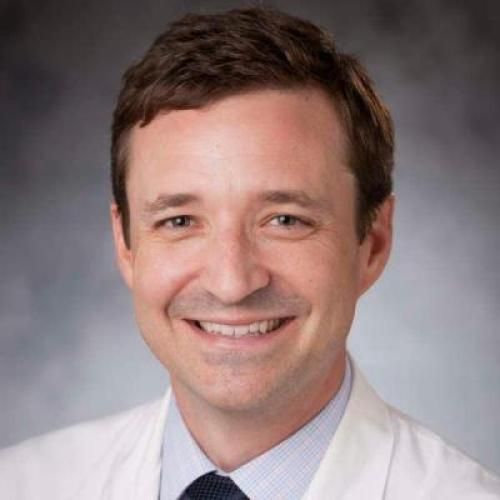Postoperative infection in spine surgery: does the month matter?
OBJECT: The relationship between time of year and surgical site infection (SSI) following neurosurgical procedures is poorly understood. Authors of previous reports have demonstrated that rates of SSI following neurosurgical procedures performed during the summer months were higher compared with rates during other seasons. It is unclear, however, if this difference was related to climatological changes or inexperienced medical trainees (the July effect). The aim of this study was to evaluate for seasonal variation of SSI following spine surgery in a network of nonteaching community hospitals. METHODS: The authors analyzed 6 years of prospectively collected surveillance data (January 1, 2007, to December 31, 2012) from all laminectomies and spinal fusions from 20 hospitals in the Duke Infection Control Outreach Network of community hospitals. Surgical site infections were defined using National Healthcare Safety Network criteria and identified using standardized methods across study hospitals. Regression models were then constructed using Poisson distribution to evaluate for seasonal trends by month. Each analysis was first performed for all SSIs and then for SSIs caused by specific organisms or classes of organisms. Categorical analysis was performed using two separate definitions of summer: June through September (definition 1), and July through September (definition 2). The prevalence rate of SSIs during the summer was compared with the prevalence rate during the remainder of the year by calculating prevalence rate ratios and 95% confidence intervals. RESULTS: The authors identified 642 SSIs following 57,559 neurosurgical procedures (overall prevalence rate = 1.11/100 procedures); 215 occurred following 24,466 laminectomies (prevalence rate = 0.88/100 procedures), and 427 following 33,093 spinal fusions (prevalence rate = 1.29/100 procedures). Common causes of SSI were Staphylococcus aureus (n = 380; 59%), coagulase-negative staphylococci (n = 90; 14%), and Escherichia coli (n = 41; 6.4%). Poisson regression models demonstrated increases in the rates of SSI during each of the summer months for all SSIs and SSIs due to gram-positive cocci, S. aureus, and methicillin-sensitive S. aureus. Categorical analysis confirmed that the rate of SSI during the 4-month summer period was higher than the rate during the remainder of the year, regardless of which definition for summer was used (definition 1, p = 0.008; definition 2, p = 0.003). Similarly, the rates of SSI due to grampositive cocci and S. aureus were higher during the summer months than the remainder of the year regardless of which definition of summer was used. However, the rate of SSI due to gram-negative bacilli was not. CONCLUSIONS: The rate of SSI following fusion or spinal laminectomy/laminoplasty was higher during the summer in this network of community hospitals. The increase appears to be related to increases in SSIs caused by gram-positive cocci and, more specifically, S. aureus. Given the nonteaching nature of these hospitals, the findings demonstrate that increases in the rate of SSI during the summer are more likely related to ecological and/or environmental factors than the July effect.
Duke Scholars
Altmetric Attention Stats
Dimensions Citation Stats
Published In
DOI
EISSN
Publication Date
Volume
Issue
Start / End Page
Location
Related Subject Headings
- United States
- Surgical Wound Infection
- Spinal Fusion
- Spinal Diseases
- Seasons
- Retrospective Studies
- Prevalence
- Practice Patterns, Physicians'
- Population Surveillance
- Outcome Assessment, Health Care
Citation
Published In
DOI
EISSN
Publication Date
Volume
Issue
Start / End Page
Location
Related Subject Headings
- United States
- Surgical Wound Infection
- Spinal Fusion
- Spinal Diseases
- Seasons
- Retrospective Studies
- Prevalence
- Practice Patterns, Physicians'
- Population Surveillance
- Outcome Assessment, Health Care






